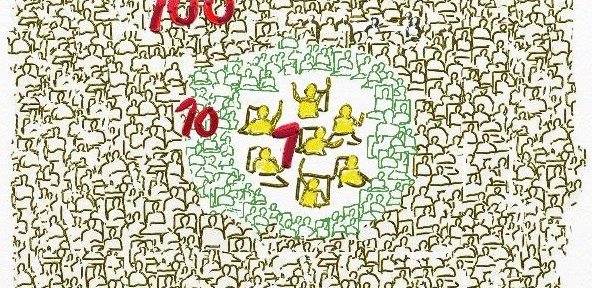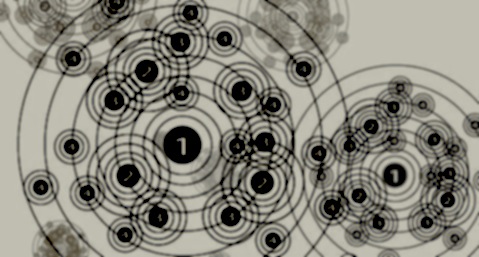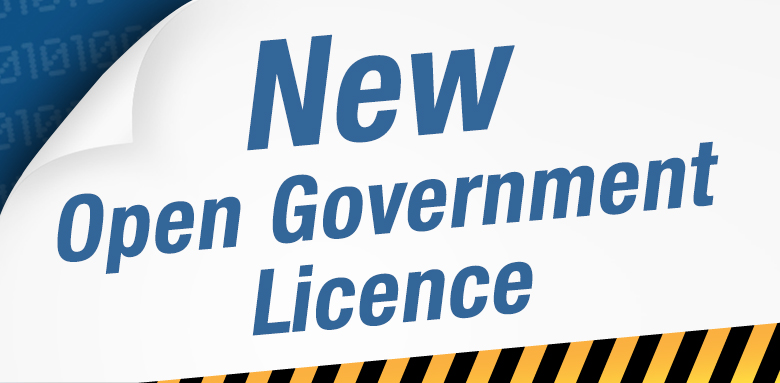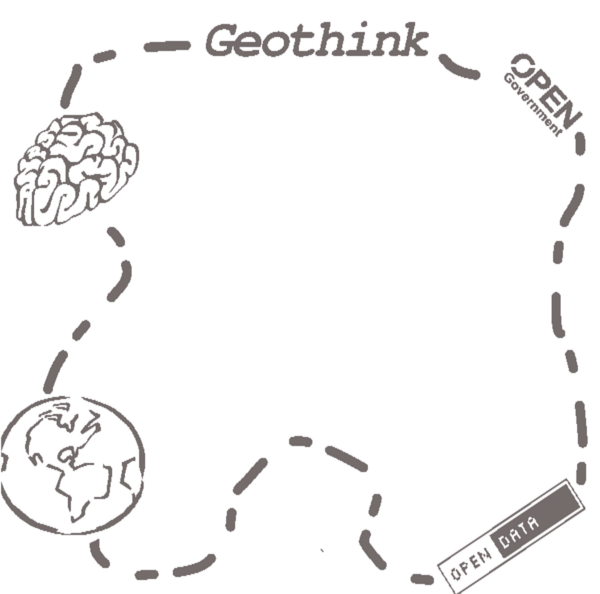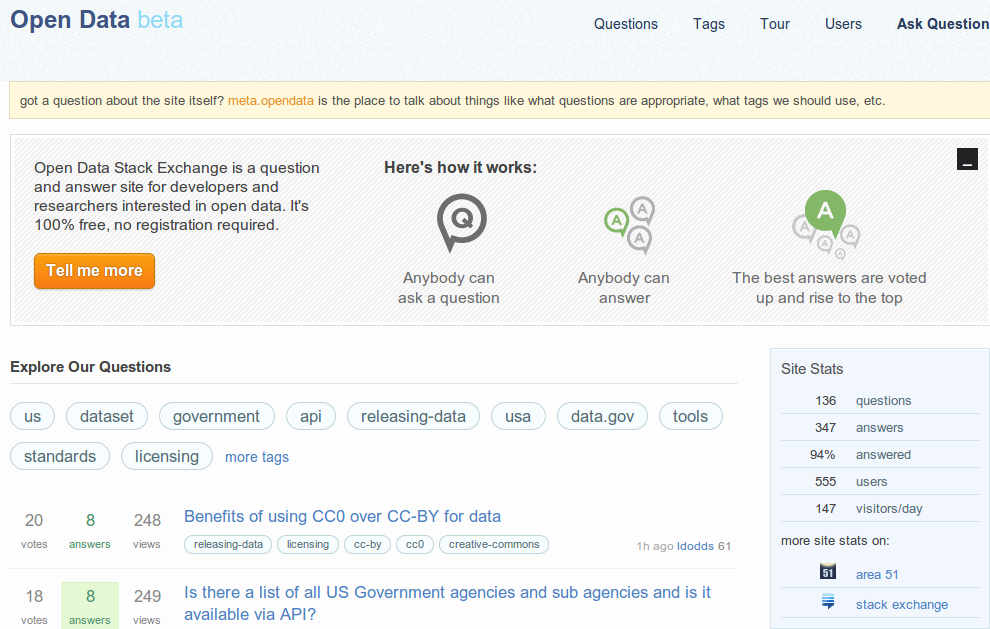By Matthew Tenney
As we walk, drive, or skip down the road most of us are actively sharing bits of information about ourselves to anyone who cares to listen. The piece(s) of mobile technology we carry with us, nearly ever place we go, is being bombarded by a field of sensors that hear where and who we are. Often these sensors can talk back to us through emails, SMS, or many other mediums directly to our smartly connected pockets. What they are looking for and what they do with this information is, however, a complex system of applications that vary depending on the kinds of hardware being used to what purpose someone has for listening in the first place.
Strategies known as geofencing utilizes location based services (LBS) within certain geographic zones and are delineated by sensor networks across real-world geographic areas. These invisible fences act as both partitions and catchment areas, which quiet heavily used in today’s digital world whether you are aware of it or not.
One example of geofencing is for commercial enterprises like consumer centers and dissemination of marketing materials. A shopping center can create a radius of interest (or guesstimated trade area) around their locations and “watch” all of those that enter and exit via different LBS. Sometimes these fences will alert you with an ad about their big fire-sale on paperback books, or, maybe extend an exclusive deal to you for: being in the right place, at the right time.
Another popular use of geofences is for safety and security purposes. Acting in this case, more like their traditional counterpart, as a barrier between different places or people. Digital Childcare services can offer a means to track the real-time whereabouts of children and provide different levels of safeguard measures to send alerts when these borders are crossed. Some high-security facilities can take advantage of geofences both inside and outside of buildings. When sensitive materials are at risk geofences can act as an invisible alarm systems that protects both digital and physical materials from leaving authorized areas.
Civic and community organizations have also been using geofences. School and college campuses offer geofences for secure network access to things like student records and other services. Sporting events can send real-time alerts to fans out in the parking lot about the game. Neighborhoods provide community wide Wi-Fi to residents or visitors and share community events. Residents can also use these geofenced zones as if they were mirroring physically gated-neighborhoods and extend heartfelt welcomes – or stern warnings – to those that enter its perimeter. The state of Texas in the U.S. also sends out SMS alerts to automobile drivers on the interstate system about accidents, missing persons, or other public-service and emergency announcements.
For social networking, geofences can provide an intranet of connections between people that occupy the same geographic location. Providing a means to share messages to peers and outsiders about events and activities, geofencing, can allow people to form co-located digital cliques based on similarities of interest and location. |=|A|+|B|-|A∩B|
Figure 1: Inclusion-exclusion principle of mathematics. For illustrative purposes only. After all, everyone loves a good equation now and again.
While geofencing carries with it plenty of straightforward advantages, it is by definition a procedure of separating people, places, and things through processes of inclusion and exclusion. These processes, be they engineered or naturally formed, define more than just geographic regions, but also claim people, services, and resources via the quick and ready use of widespread modern technologies.
| A∪B|=|A|+|B|-|A∩B|
Figure 1: Inclusion-exclusion principle of mathematics. For illustrative purposes only. After all, everyone loves a good equation now and again.
Social exclusion refers to processes in which individuals or groups of people are blocked from rights, opportunities and resources (e.g. housing, employment, healthcare, civic engagement, democratic participation and due process) that are normally available to members of society and which are key to social integration. Where social inclusion is the opposite processes of offering these things to people and places that they belong.
There is apparent risk of geofencing to be an updated version of redlining, a process of discrimination that isolated certain people by socio-demographic traits like race and class, that dynamically dictate membership of “now you’re in, now you’re not” instantaneously.
A geofencing community can lay claim to another geographic area or alter its boarders as needed to grab a few people here and cut a few over there out. This can both create territorial bounds for community and individual identities and destroy the reputation of others. Social elitists can demarcate the newest hip-scene to be seen in and can at the same time kick to the curb outdated venues or areas as yesterdays hangout spots.
The implications of this rapid construction and destruction of identities has yet to be fully understood, but one can wonder what will the Brooklyn of tomorrow look like? Or, better yet: where will it be tomorrow and who is “in” now and “out” like yesterday?
In order to understand, promote, and prevent the right-and-wrong outcomes of geofencing requires a deeper understanding of what kinds of information is being shared, who is using it, and for what purposes. While technology shows no sign in abating the amount of digital information that can be shared through LBS, geofencing is an inevitable concern for all of us. Whether on onside of the digital divide or another, geofencing will likely define how we understand concepts of the city and ourselves in the future.
